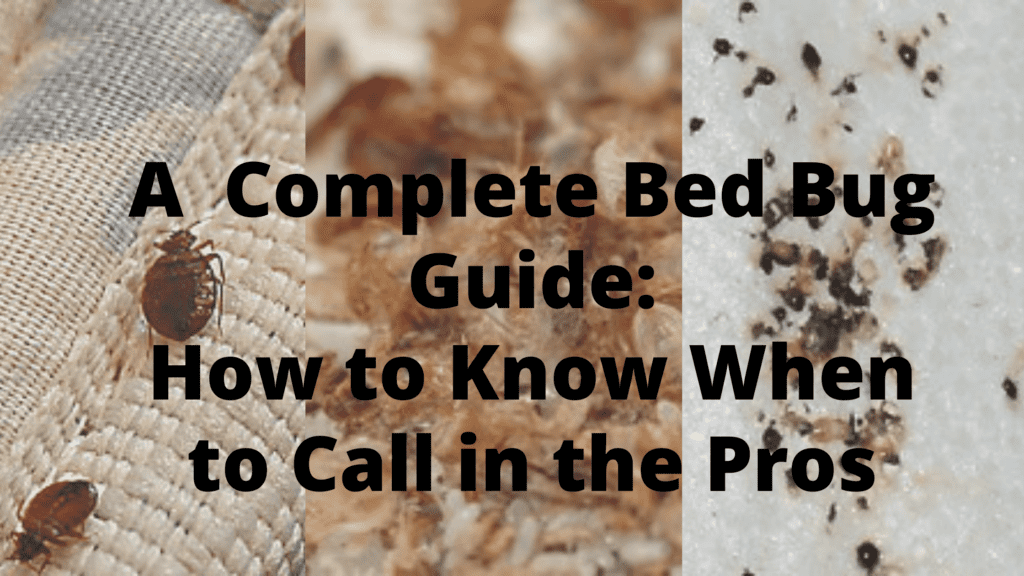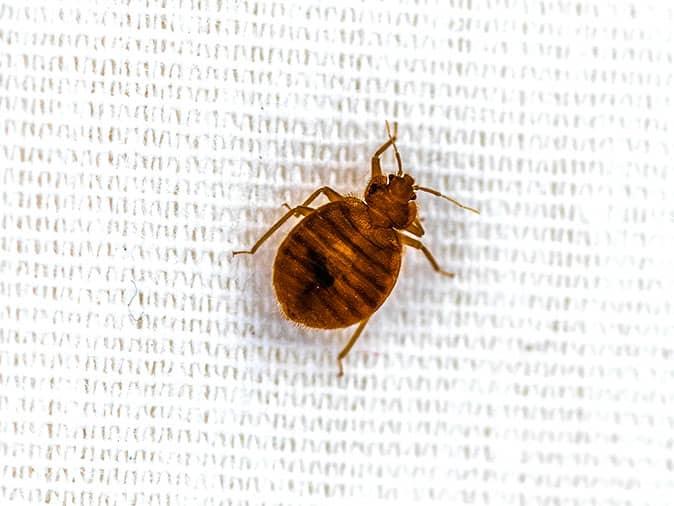How to Identify Bed Bug Bites and Prevent Future Infestations
How to Identify Bed Bug Bites and Prevent Future Infestations
Blog Article
Get Informed Concerning the Sorts Of Bug Control Techniques and Their Advantages for House Owners
Comprehending the different pest control methods offered to house owners is important for effective parasite monitoring. Homeowners who are educated can make strategic choices that not only address parasite concerns but additionally improve the overall quality of their living environment.
Chemical Pest Control Approaches
Chemical parasite control methods are a vital component of integrated insect monitoring strategies for house owners looking for reliable remedies to pest infestations. These approaches entail the application of chemical materials made to remove or hinder parasites that intimidate personal effects, health, and convenience. Typical chemicals utilized consist of pesticides, fungicides, rodenticides, and herbicides, each tailored to target certain bugs.
The main benefit of chemical pest control is its rapid effectiveness; numerous formulas offer instant outcomes, reducing pest populaces considerably in a brief time. Additionally, breakthroughs in chemical formulations have resulted in products that are extra eco friendly and have reduced poisoning degrees for non-target microorganisms when applied appropriately.

Organic Pest Control Strategies
All-natural parasite control methods have actually obtained prestige as house owners look for much safer and more lasting choices to typical chemical techniques. Biological bug control techniques utilize natural predators, bloodsuckers, or virus to take care of pest populaces properly. This approach is not only ecologically pleasant however additionally decreases the risk of harm to non-target varieties, consisting of useful bugs and wildlife.
One of one of the most typical biological control approaches involves introducing all-natural killers into the setting. Ladybugs can be used to control aphid populaces, while nematodes target soil-dwelling parasites like grubs. Additionally, parasitoids-- microorganisms that survive on or within a host-- can be employed to regulate details pest types by laying eggs inside them, eventually bring about their death.
One more technique is the use of biopesticides, which are originated from natural materials such as plants, bacteria, or minerals (bed bug exterminator). These products can properly target pests while positioning very little threat to human beings and pets. On the whole, organic bug control techniques provide home owners with an efficient ways of parasite management that straightens with eco-friendly concepts, advertising a much healthier living setting while decreasing reliance on synthetic chemicals
Mechanical Parasite Control Approaches
Mechanical insect control approaches encompass a variety of approaches that literally prevent or get rid of bugs without making use of chemicals. These techniques are particularly helpful for home owners seeking environmentally pleasant choices while making sure the security of their home.
One usual technique is the usage of barriers, such as webs, displays, and traps, which protect against pests from entering homes or certain areas. For example, setting up window screens can successfully keep insects out, while making use of physical barriers around yards can deter bigger parasites like deer or bunnies. In addition, mechanical traps created for rodents can record and get rid of these insects without the demand for hazardous substances.
An additional efficient approach entails using vacuums and mops to remove pests straight from surface areas. Normal cleaning and upkeep can significantly lower pest populaces by getting rid of food sources and concealing places. Utilizing devices like ultrasonic insect repellents can hinder different parasites through audio waves that are undesirable to them yet faint to human beings.
Cultural Bug Control Practices
Social bug control methods focus on modifying the setting and management strategies to create conditions that are much less for pest infestations. These techniques are basic in keeping a balanced environment and decreasing the dependence on chemical interventions. By modifying agricultural methods, home owners can successfully discourage bugs while advertising plant wellness.
One common method consists of crop rotation, which interrupts the life cycles of bugs by transforming the kinds of plants expanded in a specific area (bed bug exterminator). This not only minimizes pest populations but likewise enhances dirt health and wellness. Additionally, intercropping-- growing varied crops in closeness-- can confuse parasites and reduce their ability to situate helpful site their favored host plants
Water management is one more important element of social practices. Proper watering strategies can protect against standing water, which works as a reproduction ground for mosquitoes and other insects. Furthermore, preserving sanitation in and around the home, such as consistently getting rid of debris and food waste, can substantially minimize bug tourist attraction.
Incorporating these cultural practices right into a comprehensive parasite monitoring method enables homeowners to produce a setting that naturally deters insects, thus enhancing the efficiency of various other control approaches while promoting lasting horticulture and landscaping.

Integrated Insect Administration Approaches
Integrated Bug Monitoring (IPM) stands for a holistic strategy that integrates different methods to properly take care of pest populations while minimizing environmental impact. This technique incorporates biological, social, physical, and chemical methods to attain lasting insect control. By examining pest populations and their natural adversaries, IPM highlights tracking and determining pests before carrying out control measures.
One of the core concepts of IPM is the usage of limits, which establish the degree of insect activity that warrants intervention. This guarantees that therapies are used only when essential, decreasing the dependence on chemical pesticides. Organic control approaches, such as introducing all-natural killers or bloodsuckers, job in conjunction with social techniques like plant turning and habitat adjustment to interrupt pest life cycles.
Additionally, IPM encourages making use of least-toxic chemical options when treatment is required, prioritizing items that pose marginal danger to non-target organisms and the atmosphere. For home owners, taking on IPM approaches not only boosts the efficiency of pest management but likewise advertises a healthier living atmosphere, fostering biodiversity and lowering chemical exposure. Eventually, IPM equips house owners to make informed decisions that stabilize pest control with eco-friendly duty.
Final Thought
In final thought, understanding the numerous insect control techniques empowers house owners to make enlightened choices regarding pest management. Each approach-- chemical, biological, mechanical, social, and modern pest control integrated pest administration-- uses distinct benefits find that cater to various needs and choices.
Recognizing the different bug control methods available to homeowners is vital for reliable insect administration.Chemical pest control approaches are a crucial component of integrated pest administration strategies for house owners seeking effective remedies to pest problems. On the whole, organic parasite control strategies give property owners with a reliable means of insect monitoring that lines up with eco-friendly principles, advertising a much healthier living setting while decreasing reliance on artificial chemicals.
Social bug control techniques focus on customizing the environment and monitoring strategies to produce problems that are much less helpful to pest invasions.In final thought, understanding the various insect control techniques equips home owners to make informed decisions relating to pest management.
Report this page